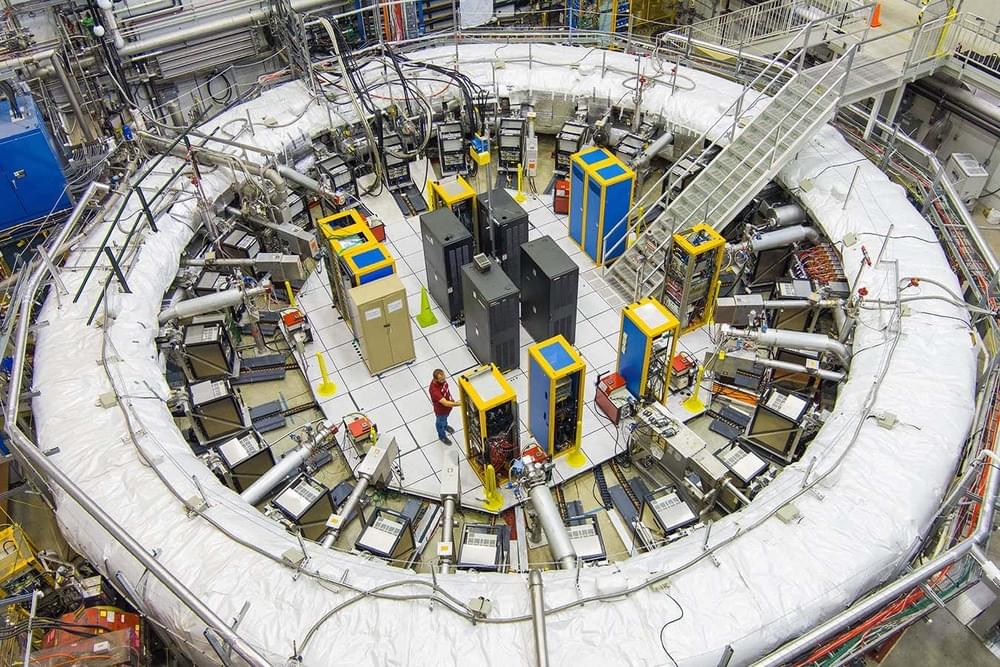A scientist claims to have discovered a “gravitational anomaly” that calls into question our fundamental understanding of the universe.
Astronomer Kyu-Hyun Chae from the university of Sejong University in South Korea made the discovery while studying binary star systems, which refer to two stars that orbit each other.
His observations appear to go against the standard gravitational models established by Isaac Newton and Albert Einstein, and instead offer evidence that an alternative theory first proposed in the 1980s may explain the anomaly.




